With the pace of change in the technology industry today, systems which were once the latest greatest thing for boosting productivity and performance can very quickly become a legacy system of the past. The thing is, though, that in many instances you might not even recognize the problem – and if that’s the case, solving it will be pretty hard!
However, the fact is that in an increasingly digital world, it’s often your software and systems that can make or break your ability to adapt, grow, and remain competitive.
This is the case in many industries, and not only our own line of work. As customer behavior and enterprise norms have shifted, so have business applications. Examples include secure and user-friendly apps now being the expectation for consumer banks, retailers are expected to fulfill orders in a multichannel, multi-touch eCommerce environment, and window and door manufacturers/fabricators are expected to deliver accurate and cost-effective products on time and within budget, while managing the front and back of house efficiently.
Regardless of the industry in question, performing to new expectations rests in part or in whole on the capabilities of your underlying business systems. If they’re stuck in the stone age, chances are your capability isn’t exactly rocking.
The situation is a bit like the classic fable about the boiling frog. Setting aside any considerations for the fate of the poor amphibian, the theory is that were a frog dropped into a pot of hot water, it’d immediately jump out owing to the obvious discomfort. But place him in nice cool water, and he’s likely to relax and enjoy. With a fire underneath as the heat slowly comes up, the frog barely notices… until it’s too late. (In practice, experiments have shown a frog will leave at around 25°C; no frog soup today).
It’s the same with business systems. Over time, even an excellent piece of software or a computer system can slowly but surely become less capable and more of a hindrance.
After all, software development, information processing techniques and computer hardware evolves at a breakneck pace; something written in COBOL running on a mainframe, for example, is probably no match for software designed for, and taking advantage of, the internet.
There are, as always, exceptions to the rule. In some cases, old software is still fit for purpose – for example, the USA’s nuclear arsenal is controlled by 1970s computers. They can’t be hacked because they aren’t connected to the internet. But in our industry, we should be aiming for collaboration and shared data between departments, for improved efficiencies and more accuracy.
Recognizing legacy systems
The first question is how to recognize legacy systems. There are some ‘objective’ standards against which you can gauge the situation. Is a system based on outdated technology? Is it ‘siloed’, isolated, or incompatible with current systems? Is it no longer available for purchase? And the big one, is it even supported by the developer or vendor?
Note that the ‘age’ of a system doesn’t necessarily have an impact on whether it’s considered legacy. This cuts two ways; in some cases, even relatively new software can fall into the definition of legacy…
Less objective evaluations will include assessments of the impact legacy systems have on your business. Does the system cause errors? Is it unreliable? Is maintenance and support a challenge? Is there key man dependency, with a single person (with specialized and probably outdated) skills who runs the application or system?
And importantly: are there better, more efficient, and more accurate ways of doing things available now, that your competitors might be using?
What you’re probably gathering is that spotting and driving out legacy software isn’t a simple matter.
Modernizing your applications
Independent advice is always a good idea when it comes to assessing your technology environment and the introduction of potentially advantageous new systems. Some applications can be brought easily up to speed through modernization. In some cases, this means rewriting and reconfiguring, so the application uses modern standards. This makes it possible to integrate the application with other systems – and that’s enormously valuable because it eliminates errors as well as costly data input tasks.
In many instances, a more comprehensive upgrade to your business systems might be necessary. For example, Enterprise Resource Planning solutions, once the preserve of big, extraordinarily complex companies, are now available to even small organizations, including window and door manufacturers. These systems cover most aspects of the business: general ledger and related accounting functions like accounts payable/receivable, sales, logistics, distribution and warehousing, customer relationship management and more. It’s worth looking into these systems because they can (and do) deliver huge gains in efficiency, while delivering the sort of visibility across your business which just wasn’t previously possible.
Then, of course, there’s the very core of the window and door business: design, estimation, and fabrication. That’s where we help. And now, with Soft Tech V6 available as cloud software, there’s one major advantage. Cloud software is updated regularly and automatically as a matter of course – as soon as we make updates or release new versions, these are available, effectively sidestepping the legacy trap.
